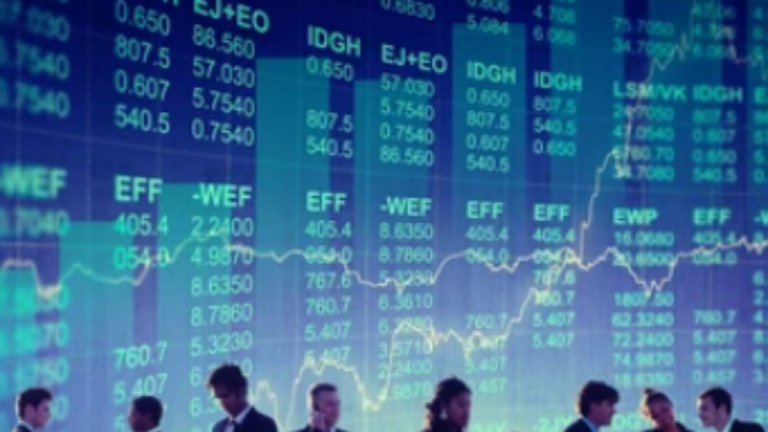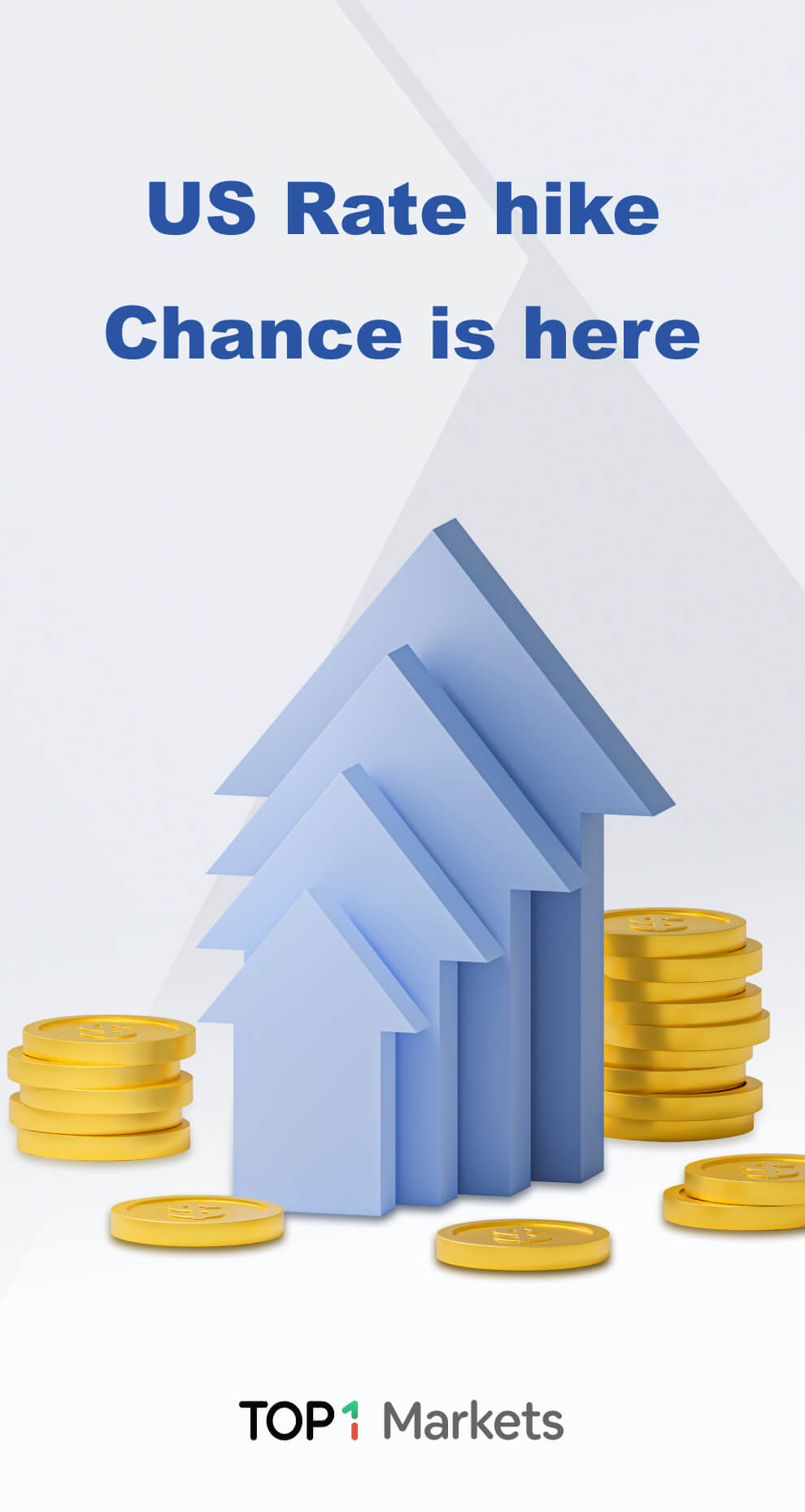
Asian equities fell on Tuesday, tracking Wall Street’s overnight falls and on increased worries of COVID-19 outbreaks in China, while the dollar held below last week’s top and traders focused on upcoming central bank meetings.
MSCI’s broadest index of Asia-Pacific equities outside Japan dipped 0.64 percent, erasing a portion of the previous day’s 1.8% rise and regaining ground on the two-year low reached last week.
Asian tech companies such as Alibaba (NYSE:BABA) and Samsung (KS:005930) led the falls after U.S. equities markets finished down overnight due to news that Apple (NASDAQ:AAPL) planned to reduce hiring and expenditure growth next year. [.N]
As mainland China reported 776 new coronavirus cases, expectations of further activity restrictions to prevent epidemics grew. Chinese blue chips plummeted 1.11 percent, erasing gains gained the previous day.
According to Nomura, 41 Chinese localities are presently imposing limitations to manage epidemics.
With EUROSTOXX 50 futures down 0.75 percent and FTSE futures down 0.40 percent, European markets were expected to begin lower. The Nikkei climbed 0.75 percent on Monday after being closed for the holiday.
As markets awaited big macroeconomic news, however, the overall picture was unclear.
Kerry Craig, global market strategist at JPMorgan (NYSE:JPM) Asset Management, stated, “It’s a little like ‘paint by numbers’ at the moment; you have a picture to fill in, but we don’t yet have all the colors.”
“There are a few unknowns, such as the path of the U.S. labor market and unemployment rate, and whether central banks will step back and say ‘that’s the peak in inflation and we don’t need to be as hawkish’ or ‘we’re going to be quite aggressive’.”
According to the CME’s Fedwatch tool, the markets anticipate a 75-basis-point increase in interest rates at the U.S. Federal Reserve’s meeting next week, as opposed to the possibility of a 100-basis-point increase. However, market pricing still indicates a 30 percent chance of a 100-basis-point increase.
The deviation from estimates of 100 basis points late last week aided in gains in the U.S., Asia, and Europe on Friday, Monday, respectively.
On Thursday, both the European Central Bank and the Bank of Japan will meet, with the ECB largely likely to begin hiking rates from their pandemic-era lows with a 25 basis point increase, while the ultra-dovish BOJ is not expected to make any changes.
“In the background, we have earnings season in the U.S., and we expect it to be another source of pressure on the markets, since we believe the full-year forecast of 9 to 10 percent is too high,” said Craig.
Goldman Sachs Group Inc (NYSE:GS) issued a warning overnight that it may restrict hiring and reduce spending as the economic outlook worsens, following a 48 percent quarterly profit decline. However, as this exceeded analyst estimates, its stock increased 2.5%.
On currency markets, the dollar’s steady decline from last week’s two-decade top continued.
The dollar purchased 138.03 Japanese yen, which was below its 24-year high of 139.39 reached last week. The euro rebounded from its brief dip below one U.S. dollar for the first time since 2002 to trade at $1.0143.
The Australian dollar rose 0.35 percent as the Reserve Bank of Australia stated that more policy tightening was necessary despite previous increases.
The benchmark 10-year yield in the United States was 2.9781 percent, having struggled so far this month to break much above or below the 3 percent line.
A carefully observed portion of the U.S. yield curve remained inverted, with the yield on the two-year note standing at 3.1702 percent.
Oil, another asset class that is unsure of its path, declined after rising 5 percent overnight.
Brent crude was at $105.84 per barrel, down 0.4%, while U.S. crude was at $102.58 per barrel, down 0.27 percent. The spot price of gold remained weak at $1,708.




